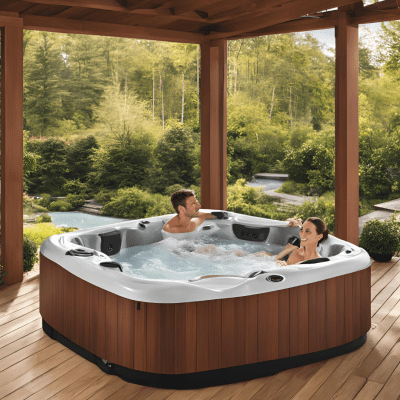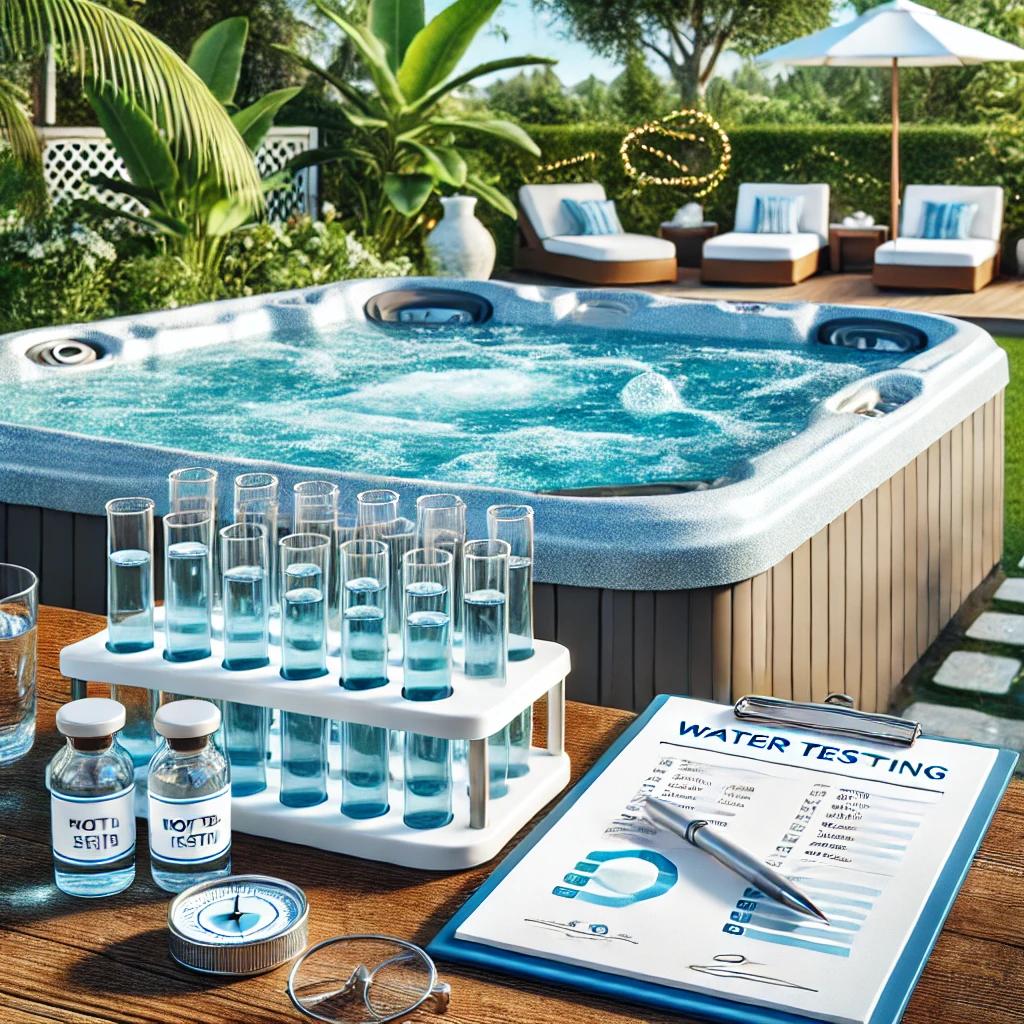Hottub, Swimming Pool
Spa Pool Maintenance: A Step-by-Step Guide to a Safe and Healthy Experience
Spa Pool Maintenance: A Step-by-Step Guide to a Safe and Healthy Experience
Maintaining a spa pool is essential for ensuring the health and safety of its users. Neglecting regular maintenance can lead to the growth of harmful bacteria and other microorganisms, turning your relaxing retreat into a potential health hazard. In this blog post, we’ll delve into the key aspects of spa pool maintenance, drawing upon guidance from the Health and Safety Executive (HSE) document, HSG282, to help you keep your spa pool clean and safe [1, 20].
Why is Spa Pool Maintenance Important?
Spa pools are prone to microbial growth due to several factors [4]:
- Warm Temperatures: The ideal range for most spa pools (30–40 °C) also supports the growth of bacteria, including Legionella [3].
- Aerosol Production: The air jets and water agitation produce aerosols, which can spread bacteria into the air [3, 5].
- Bather Load: The high ratio of bathers to water volume means a greater concentration of organic matter, which acts as a nutrient for microorganisms [6].
Key Maintenance Tasks
Effective maintenance involves several key tasks that should be performed regularly [16, 21]:
- Water Replacement: For commercial settings, a full water replacement should occur when the bather load equals 100 times the water capacity [22]. For hot tubs used as part of a business activity, the water should be changed weekly or after each group of users [23].
- Water Quality Testing: Regular testing of pH, disinfectant levels, and total dissolved solids (TDS) is crucial. For commercial pools, this may be daily or every two hours [17]. Monthly testing should also check for microbiological content [22].
- Filtration: Ensure that the filtration system is working correctly by backwashing sand filters daily and chemically cleaning and drying cartridge filters regularly [24, 25].
- Cleaning: Regular cleaning of the waterline, overflow channels, skimmers, and the surrounding area should be done daily to remove contaminants [26].
- Disinfection: Use appropriate disinfectants (e.g., chlorine or bromine) and maintain proper levels to control microbial growth. Where fitted, spa equipment should turn itself on automatically twice a day to ensure water treatment to all parts [27].
A Weekly Maintenance Schedule Example
Here’s an example of a weekly maintenance schedule to guide you:
- Daily: Check water clarity, dosing system, chemical levels, pH, and disinfectant residuals. Clean the waterline, overflow channels, and spa surround [17, 26].
- Weekly: Inspect and clean strainers and grilles. If applicable, change the spa water weekly for commercial spas with low bather loads, or between each group of users [18, 23].
- Monthly: Disinfect flexible hoses, clean input air filter, and conduct a full chemical test. Conduct microbiological testing for ACC, coliforms, E coli, and P aeruginosa [18, 22].
- Quarterly: Check the effectiveness of filtration and clean and disinfect airlines. Conduct legionella testing [22].
- Semi-Annually: Drain and clean balance tank [18].
Cleaning Procedures
Regular cleaning is as important as disinfection, with sodium bicarbonate ideal for cleaning the waterline and a 100mg/l free chlorine solution being perfect for overflow channels [26, 28]. Pay attention to the balance tank, spa covers, headrests, and jets, ensuring they are thoroughly cleaned and disinfected to remove all traces of biofilms and debris [27, 28].
Key Takeaway
Regular maintenance is crucial for keeping your spa pool safe and enjoyable. By following these guidelines and diligently performing regular checks and cleaning, you can prevent the growth of harmful microorganisms and maintain a clean, healthy environment. Consult a professional for expert advice and for any complex spa repairs.
Keywords: Spa Maintenance, Hot Tub Cleaning, Pool Care, Spa Water Treatment, Legionella Prevention, Spa Hygiene
FAQs
- How often should I change my spa water?
- Commercial spas should have their water changed when the bather load equals 100 times the water capacity. Hot tubs used as part of a business activity should have their water changed weekly or after each group of users [22, 23].
- What is the ideal pH level for a spa pool?
- The ideal pH level for a spa pool is between 7.0 and 7.6 [29].
- What type of filter cleaning is recommended?
- Sand filters should be backwashed daily. Cartridge filters should be chemically cleaned, dried, and replaced regularly [24, 25].
- How often should I test for legionella?
- Quarterly testing for legionella is recommended for spa pools [22].
- What is the best way to clean the spa pool waterline?
- Use a fresh, damp cloth with sodium bicarbonate to clean the waterline [28].











